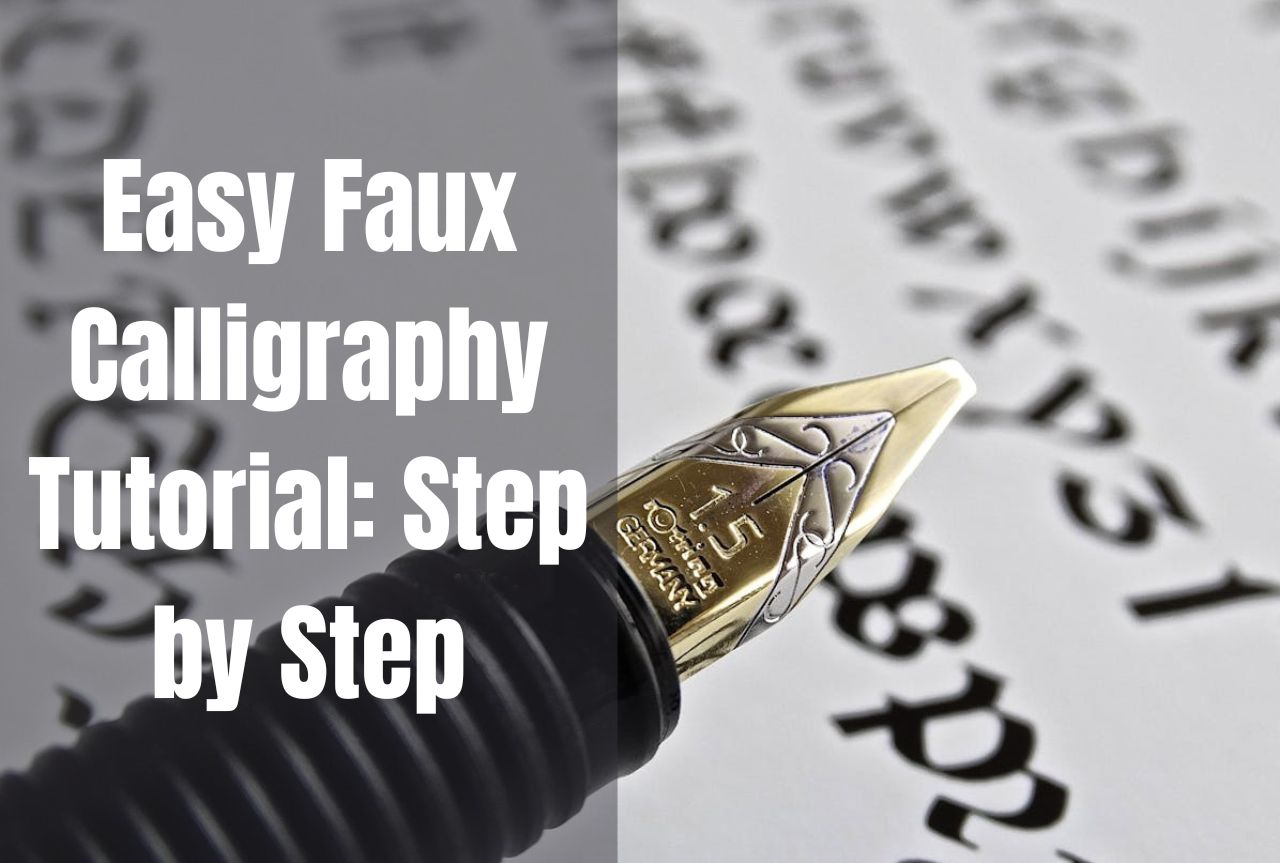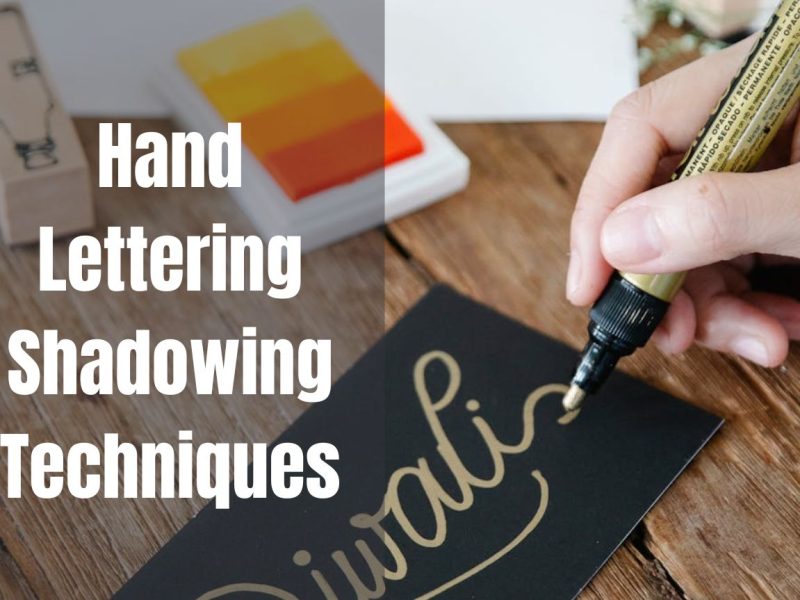Calligraphy, the art of beautiful writing, has captivated people worldwide for centuries. However, mastering traditional calligraphy can be challenging and time-consuming. Faux calligraphy offers an accessible alternative, allowing you to create stunning lettering without extensive training or specialized tools. In this comprehensive guide, we’ll walk you through a step-by-step process to help you develop your faux calligraphy skills with ease.
What You’ll Need?
Before we dive in, let’s gather the essential supplies:
- Pens or markers with a pointed tip (e.g., Sharpie pens, calligraphy markers)
- Smooth paper or a lettering pad
- Pencil and eraser (optional)
- Ruler or straightedge (optional)
For beginners, we recommend starting with affordable options like standard Sharpie pens or calligraphy markers. As you progress, you can explore more specialized tools like brush pens or calligraphy nibs. The key is to find what works best for your grip and writing style.
Step 1: Basic Strokes and Letterforms
The foundation of faux calligraphy lies in mastering the basic strokes and letterforms. Start by practicing upstrokes and downstrokes, focusing on creating thick and thin lines.
| Stroke | Description |
|---|---|
| Upstroke | The thin line created by applying light pressure |
| Downstroke | A thick line created by applying heavy pressure |
Once you’ve got the hang of these strokes, move on to practicing individual letters. Start with simple letterforms like ‘a,’ ‘b,’ and ‘c,’ gradually progressing to more complex ones.
Common Mistakes and How to Avoid Them
- Applying too much pressure: Don’t press too hard on upstrokes, or your lines will appear inconsistent.
- Inconsistent stroke widths: Maintain a consistent pressure variation between upstrokes and downstrokes.
- Incorrect letter formations: Refer to calligraphy exemplars or guides to ensure you’re forming letters correctly.
Step 2: Connecting Letters and Words
Now that you’ve mastered individual letterforms, it’s time to connect them into words and phrases. Pay close attention to maintaining a consistent slant and spacing between letters and words.
- Joining letters smoothly: Practice transitioning from thick downstrokes to thin upstrokes seamlessly.
- Maintaining consistent slant: Aim for a consistent angle throughout your writing, typically around 30-45 degrees.
- Spacing between letters and words: Leave enough room for legibility without overcrowding or excessive gaps.
Tips for Lefties
Faux calligraphy can be slightly trickier for left-handed writers due to the potential for smudging. Here are some helpful tips:
- Adjust your paper angle to a more horizontal position, reducing the likelihood of smudging.
- Experiment with alternative grip techniques that keep your hand below the writing line.
- Use pens or markers with quick-drying ink to minimize smudging.
Step 3: Enhancing Your Faux Calligraphy
Once you’ve mastered the basics, it’s time to take your faux calligraphy to the next level by adding flourishes and embellishments.
- Adding flourishes: Incorporate decorative strokes, swirls, or loops to make your lettering more ornate.
- Creating contrast: Experiment with different pen weights or line thicknesses for visual interest.
- Incorporating color and shading: Use colored markers or pencils to add depth and dimension to your lettering.
Inspiration and Ideas
Need some inspiration? Here are a few ideas to get you started:
- Practice writing quotes, song lyrics, or your favorite book excerpts.
- Create personalized greeting cards, wall art, or chalkboard designs.
- Explore different calligraphy styles, such as modern, script, or brush lettering.
Step 4: Troubleshooting and Practice
Like any skill, faux calligraphy requires consistent practice to improve. Don’t be discouraged if your early attempts aren’t perfect – everyone starts somewhere.
- Common problems and solutions: Identify common issues like shaky lines, uneven pressure, or letter formation problems, and work on addressing them.
- Importance of consistent practice: Set aside regular practice sessions, even if just for 15-20 minutes a day.
- Exercises to improve muscle memory: Try tracing over exemplars or practicing specific letterforms or word combinations repeatedly.
Online Resources and Communities
The calligraphy community is vibrant and welcoming, with numerous online resources and communities to support your learning journey.
- Recommended blogs and tutorials: Explore popular calligraphy blogs and YouTube channels for inspiration and guidance.
- Calligraphy forums and groups: Join online forums or social media groups to connect with fellow enthusiasts, share your work, and seek feedback.
- Sharing your work: Don’t be shy! Post your progress and creations on social media or online platforms to celebrate your achievements and receive constructive feedback.
Conclusion
Faux calligraphy is an accessible and rewarding art form that can bring a touch of elegance and personality to your writing. With patience, practice, and the guidance provided in this tutorial, you’ll be well on your way to creating stunning lettering pieces that impress friends and family.
Remember, the key to success is consistency and a willingness to learn from your mistakes. Embrace the journey, have fun with it, and let your creativity shine through. Happy writing!



